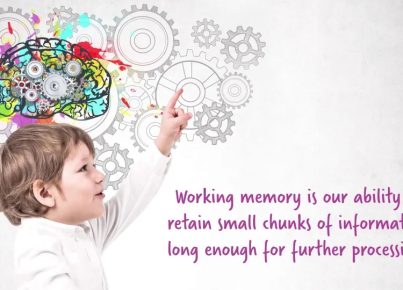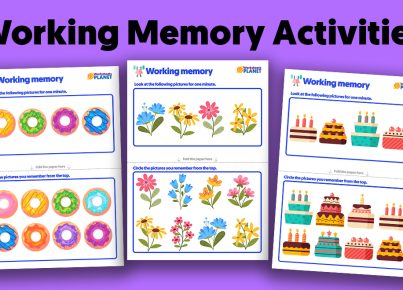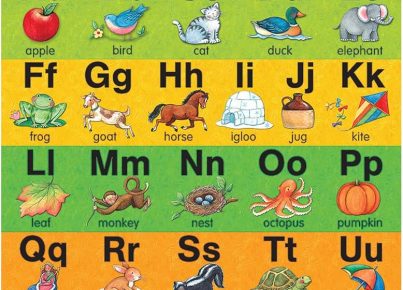Introduction:
Working memory plays a crucial role in a student’s ability to learn and retain information. It helps them understand new concepts, solve problems, and develop critical thinking skills. To help students improve their working memory, teachers can incorporate various games and activities into their lesson plans. Here are ten engaging and fun options that can boost students’ working memory skills.
1. Memory Matching:
Using a set of cards with matching pairs, have students play the classic game of Memory by turning over two cards at a time and attempting to match pairs. This game improves visual working memory skills while promoting attention and focus.
2. Simon Says:
Students must listen carefully and follow the leader’s commands in this classic game, which builds auditory working memory, processing speed, and attention.
3. Charades:
To play this game, one student silently acts out a word or phrase while others guess what it is. Charades help students work on their non-verbal communication skills while also improving their working memory and cognitive flexibility.
4. Story Chain:
Start off by telling a short story or event, then ask the first student to continue the story by adding a new event or detail. Continue with each student adding something to the story – be it a character, an event, or a description – until everyone has had a turn. This exercise enhances working memory through active recall of prior information as well as consolidation of newly added parts.
5. Word Ladders:
In this activity, students change one word into another by altering one letter at a time (e.g., changing “cat” to “dog” via “bat,” “bag,” etc.). This activity challenges phonological processing, promotes cognitive flexibility, and improves students’ working memory.
6. Mnemonic Devices:
Teach students various mnemonic strategies for remembering information, such as acronyms, visual imagery, and chunking. These techniques help improve long-term memory and working memory by providing students with a process to store and retrieve information.
7. Mental Math Games:
Encourage students to solve math problems mentally, increasing the difficulty as they become more proficient. Mental math games help students sharpen their working memory skills by challenging them to hold information in their minds while performing calculations.
8. N-Back Task:
This training activity involves presenting students with a series of stimuli (e.g., letters, numbers, or images) and asking them to identify when a current stimulus matches one presented ‘n’ items ago. This activity strengthens working memory by requiring students to continuously update held information.
9. Visual Puzzles:
Provide students with puzzles that require visual-spatial skills, such as Tangrams or Rubik’s Cube. Solving these tasks involves holding and manipulating mental images, which improves visual working memory and problem-solving ability.
10. Mindful Breathing:
Incorporate mindful breathing exercises into your teaching routine to promote relaxation and mental clarity. Mindful breathing can improve students’ focus and concentration skills, ultimately benefiting their working memory capacity.
Conclusion:
Incorporating engaging games and activities that strengthen working memory can have a lasting impact on students’ learning experiences. By using these fun methods in your classroom, you will help your students develop essential cognitive skills that contribute to academic success.





